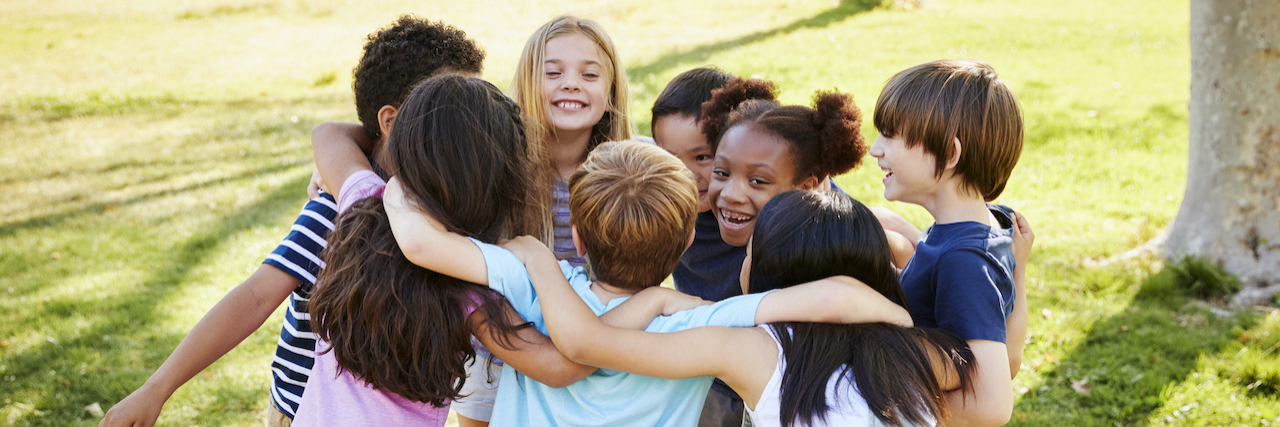My 7-year-old autistic son is new to public school. Due to COVID, I homeschooled him for Kindergarten, and he went to an amazing autism charter school for first grade. The summer before second grade we moved and public school was the only option. To say I was terrified would be an understatement.
But here we are mid-year, and he’s thriving. One semester he received a citizenship award, and just this week he was awarded “Terrific Kid of the Month” for friendliness. The mother of one of his peers said her daughter reported the whole class cheered when his teacher gave him the award.
At first, I was concerned he’d be the odd kid everyone avoided. Kids on the spectrum have unique behaviors neurotypical peers may not understand. For example, they may obsess over certain topics, speak in echolalia, engage in rigid or ritualistic routines or behaviors, and have heightened sensory sensitivities. Traits that can cause them to stand out among their peers. And my son exhibits all these and more. Nonetheless, his peers are his allies. They encourage, support, and enjoy him.
How to Assemble Allies
Before my son started public school, there were a few things we did.
Preparing the School Team
I requested a meeting with his general education teacher, special education teacher, ESE specialist, guidance counselor, principal, assistant principal, etc. Pretty much any adult he’d interact with at the school. My son attended the meeting with us. I wanted him to know all of the adults he could trust. We had a conversation, in which he participated, about his strengths and challenges and it really set the stage for open communication and collaboration.
Preparing the Classroom Students
Prior to him starting, I asked his teacher to share with his soon-to-be peers an autistic student was joining the class. Additionally, I gave her a copy of my book Goldilocks and The Three Bears: Understanding Autism Spectrum Disorder. It is a picture book that teaches non-autistic children about their autistic friends. It includes a simple but complete glossary of ASD terms as well as a discussion guide. I asked her to read it to the class before his arrival.
By the time she was finished, the class was excited they were going to have an autistic friend join them.
Today, my son has friends who jump at the chance to help when he needs it. They cheer him on when he succeeds. They write him notes, call, and ask for play dates. He’s not only accepted. He’s embraced. He has allies.
I encourage parents that are concerned about their child having allies, to do just one thing. Educate.
Getty image bymonkeybusinessimages

